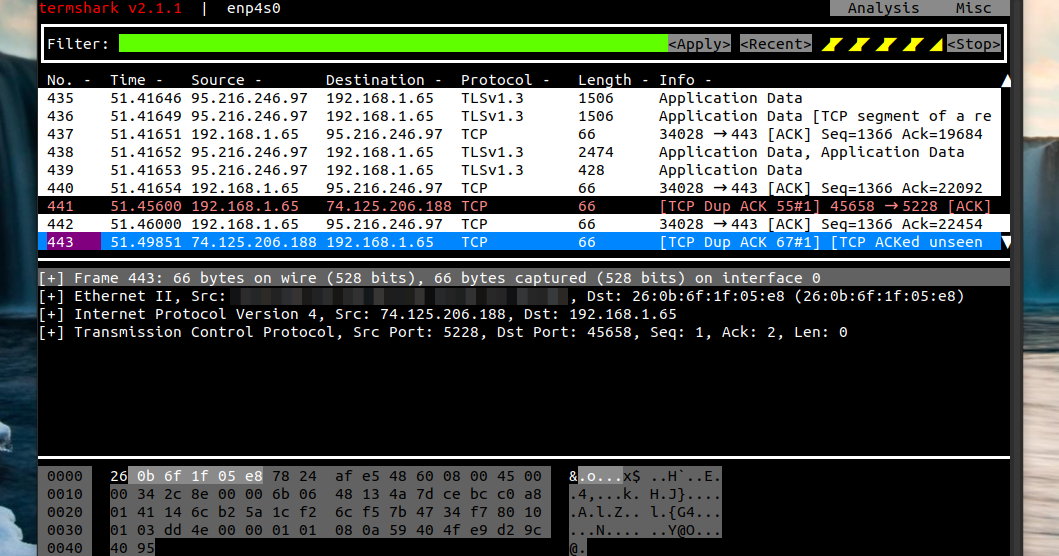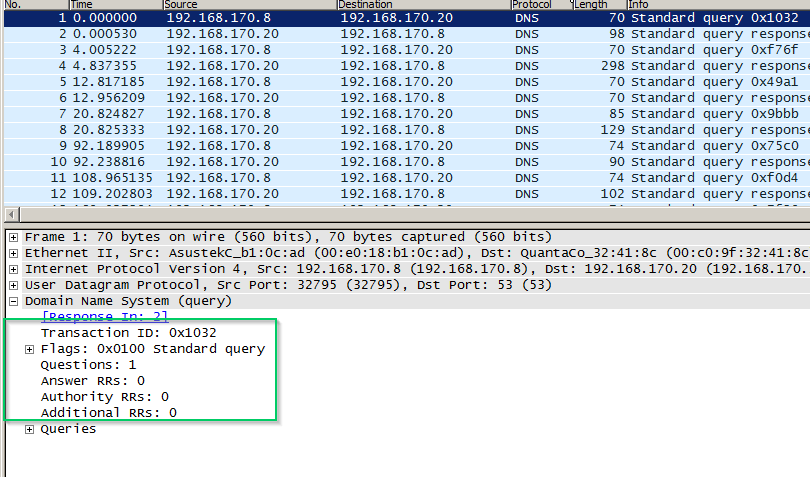
If not specified, the tcpdump will capture all traffic on all interfaces. The – i command option allows you to specify the interface. This command starts tcpdump and records network traffic on the e n p0s3 interface. Tcpdump : listening on enp0s3, link-type EN10MB (Ethernet), capture size 262144 bytes ~]$ sudo tcpdump – i enp0s3 –s 0 –w httpdump.pcap Enter the password cyberops for the user analyst when prompted.


These records can then be analyzed using different applications that read pcap files, including Wireshark. You will use command options to save the traffic to a packet capture ( pcap ) file. In this part, you will use tcpdump to capture the content of HTTP traffic. Instructions Part 1: Capture and V iew HTTP T raffic In this lab, you will explore and capture HTTP and HTTPS traffic using Wireshark. Threat actors commonly use HTTPS to hide their activities. Just because a site uses HTTPS does not mean it is a trustworthy site. Regardless of HTTP or HTTPS, it is only recommended to exchange data with websites that you trust. This is done through the use of certificates that can be viewed later in this lab. This algorithm hides the true meaning of the data that is being exchanged. With HTTPS, encryption is used via a mathematical algorithm. With HTTP, there is no safeguard for the exchanged data between two communicating devices.

HyperText Transfer Protocol (HTTP) is an application layer protocol that presents data via a web browser.

Part 2 : Capture and view HTTPS traffic Background / Scenario Lab – Using Wireshark to Examine HTTP and HTTPS Traffic (Answers Version)Īnswers Note : Red font color or g ray highlights indicate text that appears in the instructor copy only.


 0 kommentar(er)
0 kommentar(er)
